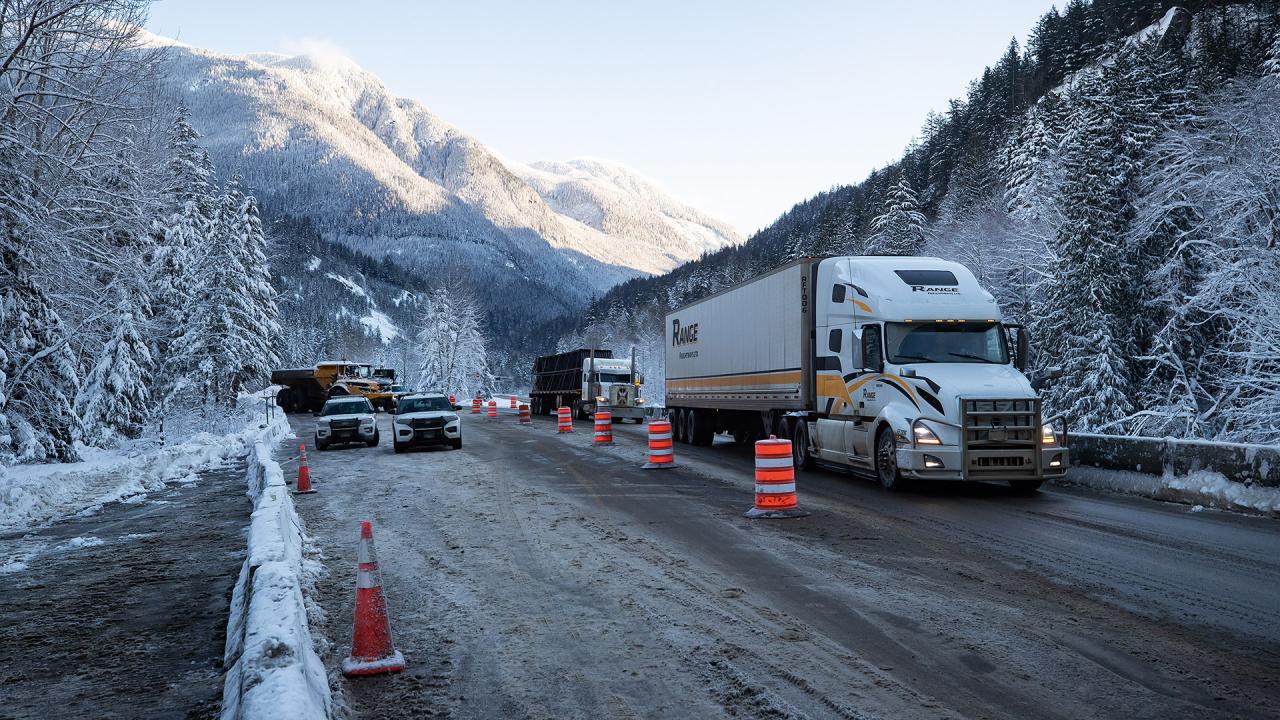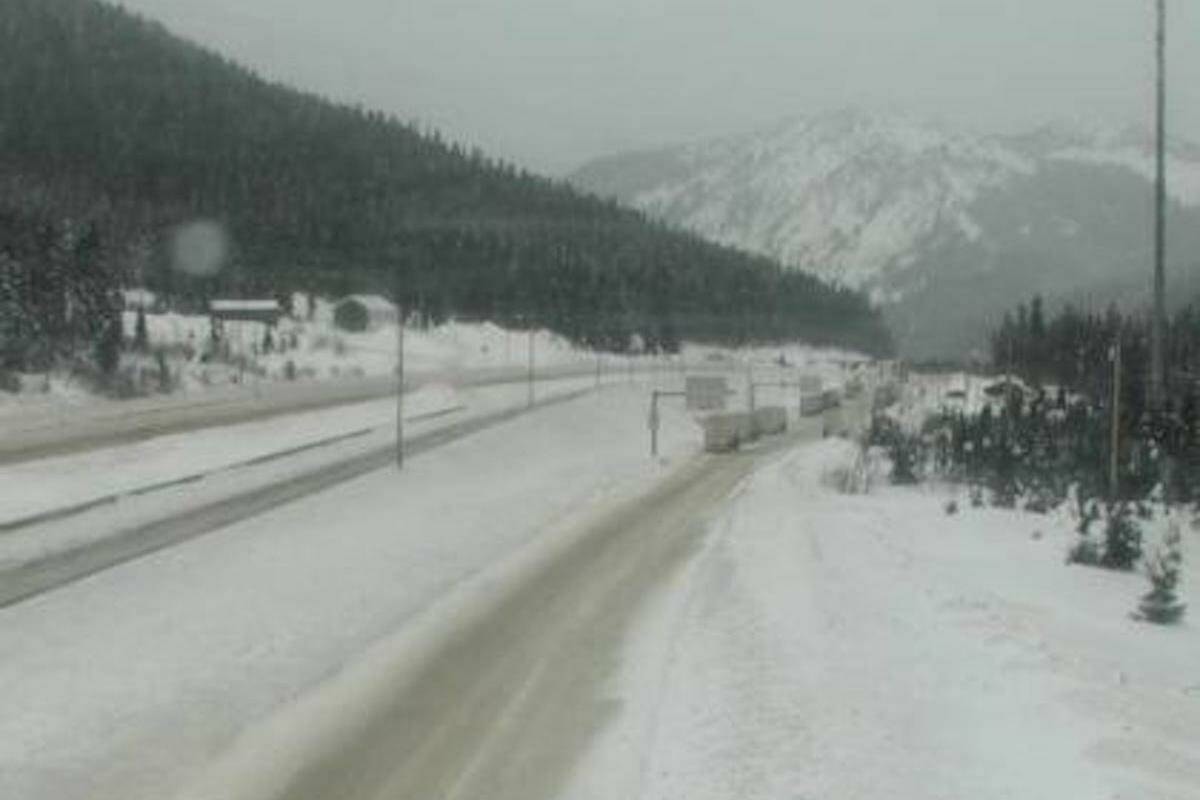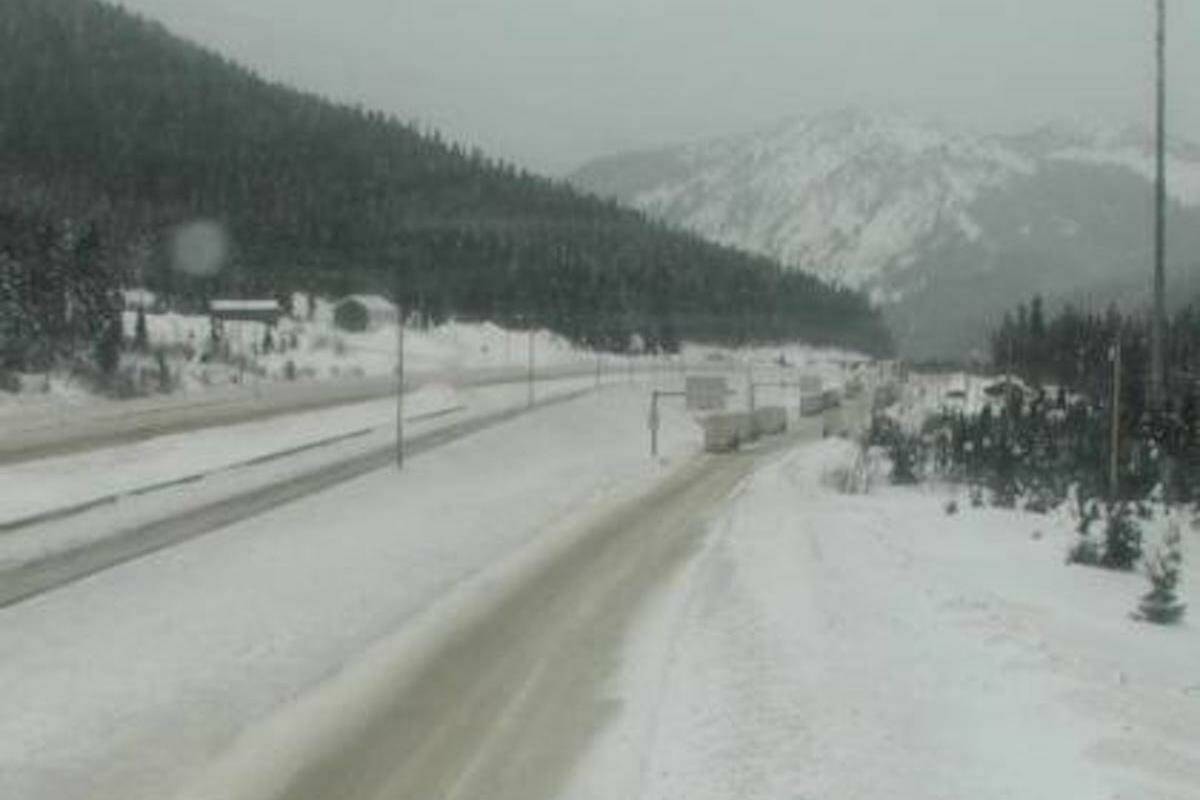Coquihalla weather cameras offer a crucial window into the often-treacherous conditions of the Coquihalla Highway. This vital resource provides real-time visual information, allowing drivers to make informed decisions about their journeys and enhancing safety on this challenging mountain pass. Understanding how to interpret these images, coupled with knowledge of typical weather patterns along the route, is essential for navigating the highway safely and efficiently throughout the year.
The highway’s unique geography, with steep inclines and unpredictable weather, necessitates reliable real-time information. The cameras, though not perfect, provide a visual complement to traditional weather forecasts and reports, giving drivers a clearer picture of current road conditions, including snow accumulation, ice patches, visibility, and potential hazards. This article explores the technology behind these cameras, how to interpret their images, and other valuable resources for planning safe travel along the Coquihalla.
Coquihalla Highway Weather: A Comprehensive Guide

The Coquihalla Highway, a vital transportation artery in British Columbia, Canada, presents unique challenges due to its mountainous terrain and unpredictable weather. Understanding the weather patterns and utilizing available resources is crucial for safe and efficient travel. This guide provides a comprehensive overview of the highway’s weather conditions, the functionality of weather cameras, and how to interpret the information they provide to ensure a safe journey.
Coquihalla Highway Overview
The Coquihalla Highway traverses a challenging geographical landscape, characterized by steep inclines, narrow canyons, and high elevations. This terrain significantly impacts weather patterns, leading to rapid changes and potentially hazardous conditions. Typical weather patterns vary dramatically throughout the year. Summers can be warm and dry, but sudden thunderstorms and heavy rainfall are possible. Winters bring significant snowfall, freezing rain, and strong winds, often resulting in road closures.
Real-time weather information is critical for drivers, allowing them to make informed decisions about travel plans, adjust driving speeds, and ensure safety.
| Section | Summer Conditions | Winter Conditions | Hazards |
|---|---|---|---|
| Lower Coquihalla (Hope to Merritt) | Warm temperatures, occasional thunderstorms, potential for flash floods | Moderate snowfall, potential for freezing rain and black ice | Flash floods, icy patches, reduced visibility |
| Upper Coquihalla (Merritt to Kamloops) | Warmer temperatures than lower sections, potential for afternoon thunderstorms | Heavy snowfall, high winds, significant risk of avalanches | Avalanches, snow drifts, extreme cold, reduced visibility |
Functionality of Weather Cameras
Weather cameras deployed along the Coquihalla Highway utilize a combination of image sensors, lenses, and transmission technologies to capture and transmit real-time images. These cameras typically employ high-resolution sensors to capture detailed images, encompassing a wide viewing angle to provide comprehensive coverage of the road and surrounding areas. While invaluable, weather cameras have limitations. They primarily provide visual information and cannot directly measure parameters like wind speed or precise temperature.
They are also susceptible to limitations like reduced visibility due to heavy snowfall or fog. Their effectiveness is enhanced when integrated with other weather data sources, such as weather stations and forecasts, providing a more holistic view of the prevailing conditions.
Interpreting Camera Images
Interpreting images from Coquihalla weather cameras requires careful observation of visual cues. Understanding these cues is essential for assessing current road conditions and making informed decisions about travel safety.
- Heavy Snowfall: Whiteout conditions, significant snow accumulation on the road and shoulders.
- Ice: Shiny, reflective surfaces on the road, reduced visibility due to ice crystals in the air.
- Fog: Reduced visibility, hazy or milky appearance in the image.
- Rain: Dark, wet road surface, reduced visibility depending on intensity.
- Clear Conditions: Dry road surface, good visibility.
- Avalanche Debris: Presence of snow and debris across the road or in adjacent areas.
Impact of Weather on Travel
Various weather conditions significantly impact travel safety and efficiency on the Coquihalla Highway. Adverse weather can lead to delays, closures, and potentially dangerous driving situations. Understanding potential hazards and taking preventative measures is crucial.
- Check weather forecasts before traveling.
- Ensure your vehicle is equipped for winter driving (winter tires, chains, emergency kit).
- Drive slowly and cautiously, adjusting speed to conditions.
- Maintain a safe following distance.
- Be aware of potential hazards such as black ice, avalanches, and reduced visibility.
- Have an alternative route planned in case of closures.
Alternative Information Sources, Coquihalla weather camera

Beyond weather cameras, several alternative sources provide valuable weather information for the Coquihalla Highway. These sources offer complementary data and help drivers make informed decisions.
Monitoring the Coquihalla Highway’s weather conditions is crucial for safe travel, often relying on dedicated weather cameras. Understanding the impact of weather on transportation, particularly for air operations, highlights the importance of companies like archer aviation , whose operations might be affected by severe weather in mountainous regions like the Coquihalla. Therefore, real-time data from the Coquihalla weather cameras provides valuable insight for various sectors, including aviation.
| Source | Reliability | Accuracy | Strengths and Weaknesses |
|---|---|---|---|
| DriveBC Website | High | High | Strengths: Real-time road conditions, camera feeds, closure information. Weaknesses: May not always reflect hyperlocal conditions. |
| Environment Canada Forecasts | High | Generally High (regional) | Strengths: Comprehensive weather forecasts. Weaknesses: Less precise for hyperlocal conditions. |
| Weather Apps (e.g., The Weather Network) | Moderate | Moderate | Strengths: Convenient access to forecasts and warnings. Weaknesses: Accuracy can vary depending on the app and location. |
| Radio Broadcasts | Moderate | Moderate | Strengths: Timely updates on road closures and conditions. Weaknesses: May not be as detailed as other sources. |
Visual Representation of Weather Data

Visual representations of weather data significantly enhance understanding and decision-making. Effective visualization tools can convey complex information quickly and intuitively.
Snow accumulation could be represented using a color-coded map overlaying the highway. Different shades of blue could represent varying depths of snow, from light blue for minimal accumulation to dark blue for significant accumulation. Visibility could be shown using a scale from 0 to 100 meters, with each increment represented by a different color, transitioning from green (excellent visibility) to red (near-zero visibility).
Road surface conditions could be depicted using icons: a clear road with a sunny icon for dry conditions, an icy road icon for icy conditions, and a snowy road icon for snowy conditions. Color-coding would further enhance these representations. For example, a heatmap could be used to represent temperature variations along the highway, with red indicating warmer temperatures and blue indicating colder temperatures.
This visual representation would help drivers quickly assess the road conditions and make informed decisions.
Ultimately, safe travel on the Coquihalla Highway requires a multi-faceted approach to weather monitoring. While Coquihalla weather cameras offer invaluable real-time visual data, they are most effective when combined with other sources of information, including official weather forecasts, transportation ministry advisories, and mobile applications. By understanding the limitations of camera imagery and utilizing a range of resources, drivers can significantly enhance their safety and preparedness when navigating this iconic, yet challenging, route.
FAQ: Coquihalla Weather Camera
What is the best time of day to check the Coquihalla weather cameras?
Monitoring the Coquihalla Highway’s weather conditions is crucial for safe travel, and real-time data from weather cameras provides invaluable insights. Understanding potential hazards is enhanced by considering the broader logistical context, such as the efficient transport of goods – for instance, the impressive capabilities showcased by remington drone loads in delivering supplies quickly and reliably. This efficient delivery system is especially important when considering severe weather impacting the Coquihalla’s accessibility.
Checking the cameras frequently, especially before and during your journey, is recommended. Weather conditions can change rapidly in mountain passes.
How often are the Coquihalla weather camera images updated?
Update frequency varies depending on the specific camera and system, but generally, images are updated at intervals ranging from a few seconds to a few minutes.
Are the Coquihalla weather cameras operational 24/7?
Ideally, yes. However, technical issues or power outages can occasionally cause temporary disruptions. Check multiple sources for redundancy.
What should I do if I see hazardous conditions on the Coquihalla weather camera?
Postpone your trip if possible. If travel is unavoidable, exercise extreme caution, reduce speed significantly, and ensure your vehicle is properly equipped for winter driving.
